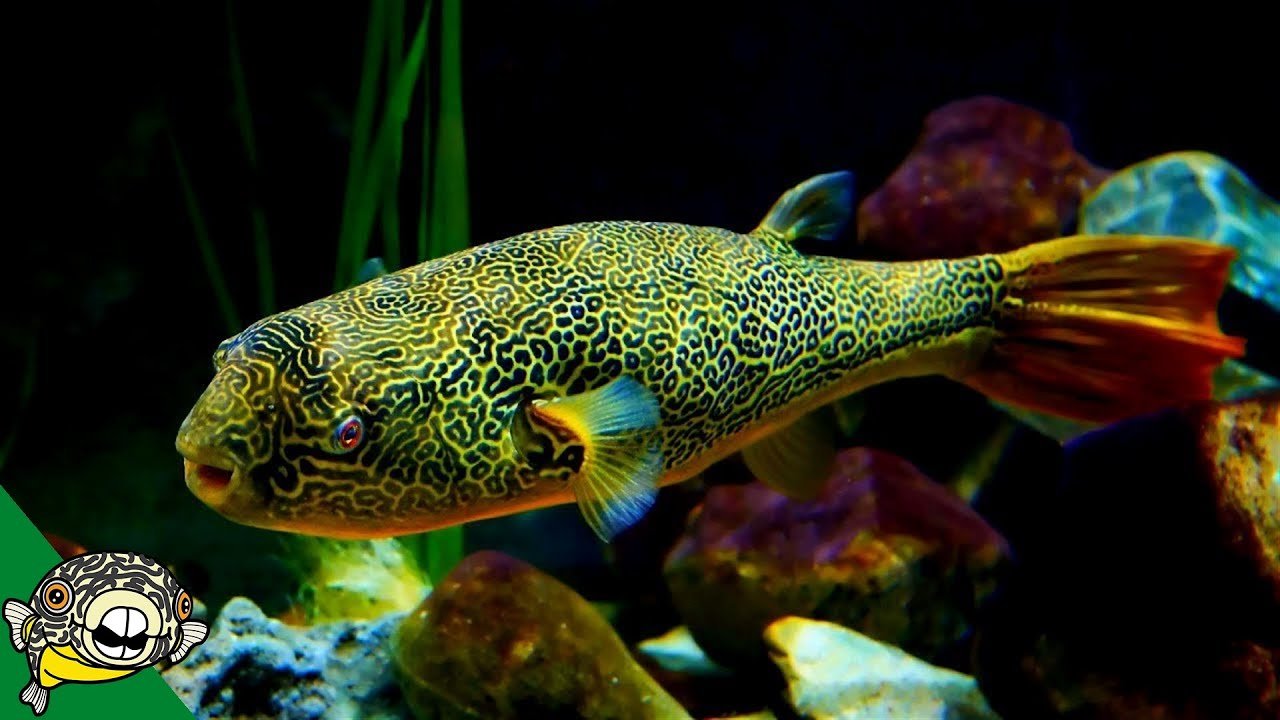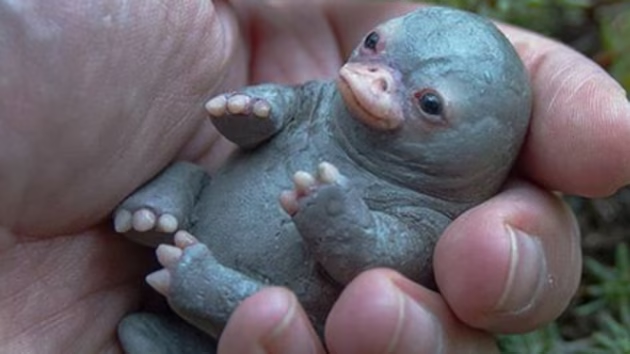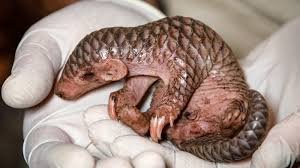
freshwater puffer fish
The freshwater puffer is one of the most fascinating and personality-rich fish in the aquarium hobby. Known for their intelligence, expressive eyes, and ability to inflate as a defense mechanism, puffers have long intrigued aquarists. While most puffers are associated with saltwater environments, several species thrive in freshwater, making them an exciting option for intermediate to advanced fish keepers.
Unlike schooling fish or ornamental species, freshwater puffers are often considered more like aquatic pets than just tank inhabitants. Each puffer tends to have its own personality, making them a favorite among hobbyists who enjoy building bonds with their fish. However, their care requirements are not for everyone—they can be territorial, sensitive to water quality, and sometimes aggressive toward tankmates.
In this article, we’ll cover the most popular freshwater puffer species, their tank setup, feeding habits, behavior, and what you need to know before bringing one home.
What Is a Freshwater Puffer?
A freshwater puffer is a species from the Tetraodontidae family that lives in non-saline environments, unlike most of its saltwater relatives. These puffers possess the characteristic ability to inflate their bodies when threatened, making them appear larger to potential predators.
Key traits of freshwater puffers include:
- Beak-like teeth that continuously grow
- High intelligence and ability to recognize their owners
- Carnivorous diet, often requiring hard-shelled foods
- Solitary or territorial behavior, depending on the species
- Inflation mechanism used for defense, not play
While they are often cute and cartoonish in appearance, freshwater puffers require specialized care and should not be added to community tanks without planning.
Popular Freshwater Puffer Species
Not all puffers labeled “freshwater” truly thrive in full freshwater environments—some prefer brackish water. However, several species are genuine freshwater dwellers and suitable for home aquariums:
1. Dwarf Puffer (Carinotetraodon travancoricus)
- Size: ~1 inch
- Origin: India
- Tank size: 5+ gallons (per puffer)
- Notes: One of the few species that can live in a small tank; highly intelligent and territorial despite size
2. Fahaka Puffer (Tetraodon lineatus)
- Size: Up to 18 inches
- Origin: Africa
- Tank size: 75–125 gallons
- Notes: Aggressive and solitary; best kept alone; very interactive with owners
3. Mbu Puffer (Tetraodon mbu)
- Size: Up to 26 inches
- Origin: Congo River Basin
- Tank size: 200+ gallons
- Notes: A gentle giant, but due to its size, suitable only for advanced aquarists with large tanks
4. Amazon Puffer (Colomesus asellus)
- Size: 3–4 inches
- Origin: South America
- Tank size: 30+ gallons
- Notes: Social compared to other puffers; can be kept in small groups with care
5. Red Eye Puffer (Carinotetraodon lorteti)
- Size: 2–3 inches
- Origin: Southeast Asia
- Tank size: 10+ gallons
- Notes: Aggressive; males cannot be housed together
If you’re curious about which puffer is right for your setup, this comprehensive species care chart offers a side-by-side comparison of size, behavior, and tank requirements.
Tank Setup and Water Parameters
Freshwater puffers require more than just clean water—they need well-maintained environments that mimic their natural habitats. Their sensitivity to poor water conditions means that consistent care and high-quality filtration are essential.
General tank requirements:
- Tank size: Depends on species (minimum 5 gallons for dwarf puffers, 100+ for large species)
- Water temperature: 74–82°F (23–28°C)
- pH: Neutral to slightly alkaline (6.5–7.5)
- Filtration: Strong and reliable; puffers are messy eaters
- Substrate: Sand or fine gravel for soft-bellied species
- Decor: Driftwood, rocks, caves, and live plants for hiding and exploration
- Water changes: 25–50% weekly, depending on bioload
Some puffers are known to nip plants, while others enjoy foraging among them. Choose hardy or fast-growing species like Java Fern or Anubias.
Because puffers are often solitary, you must also consider tankmate compatibility carefully. Most puffers are best kept alone or in species-only tanks.
Diet and Feeding Behavior
Freshwater puffers are strictly carnivorous and have beak-like teeth that grow continuously. Feeding them a proper diet is essential to prevent tooth overgrowth, which can cause serious health issues.
Recommended foods include:
- Snails (ramshorn, pond, mystery) – to help wear down teeth
- Crustaceans like shrimp, krill, or crayfish
- Bloodworms, earthworms, and blackworms
- Frozen or live fish food (avoid feeder fish unless quarantined)
- Occasional clams or mussels for larger puffers
Many puffers can be trained to hand-feed and will recognize their owner at feeding time, often swimming excitedly to the glass. Their feeding habits are part of what makes them so engaging.
To learn more about how to properly feed and maintain puffer teeth, the Aquarium Co-Op feeding guide is a trusted and beginner-friendly resource.
Behavior and Personality
One of the biggest draws to freshwater puffers is their intelligence. These fish display behaviors more commonly associated with pets like dogs or cats—they can:
- Recognize and follow their owners
- Beg for food
- Solve puzzles (some can be trained with basic tricks)
- Express moods (e.g., excitement, curiosity, stress)
That said, puffers can also be territorial and aggressive, especially during feeding or if housed improperly. They do best in species-only setups or with very carefully selected tankmates.
Behavior to watch for:
- Biting or fin-nipping
- Tail chasing (boredom or stress)
- Floating or sinking issues (possible swim bladder problems)
- Rapid breathing or hiding (check water quality)
Because of these complexities, puffers are best suited for aquarists with at least some prior fishkeeping experience.
Lifespan and Health
Most freshwater puffers live between 5–10 years, though some larger species like the Mbu Puffer can live 12+ years in captivity when properly cared for.
Common health issues include:
- Tooth overgrowth – caused by soft diets
- Bacterial infections – due to poor water quality
- Internal parasites – especially in wild-caught specimens
- Swim bladder problems – often diet-related
Routine care tips:
- Weekly water testing
- Feed a varied, crunchy diet
- Avoid overcrowding
- Quarantine new tankmates and live food
Puffers are highly rewarding but require commitment, observation, and maintenance to keep them healthy long-term.
Conclusion: A Fish with Personality and Purpose
Freshwater puffers aren’t for everyone—but for aquarists willing to provide the proper setup and care, they’re one of the most rewarding and interactive fish you can own. From their striking appearance to their intelligent behavior, puffers bring something entirely unique to the aquarium world.
Whether you’re starting with a small dwarf puffer tank or working toward a giant Mbu setup, these fish offer personality and presence that few others can match. With the right environment, diet, and attention, a freshwater puffer can become a true centerpiece of your aquarium and a favorite among visitors and keepers alike.






